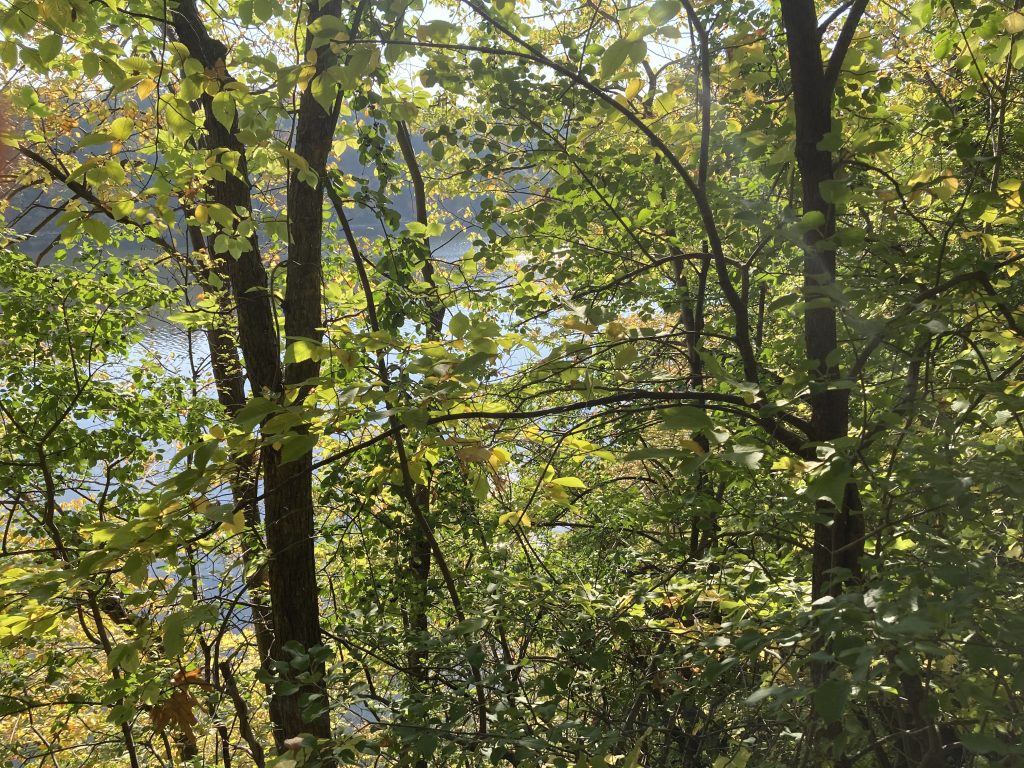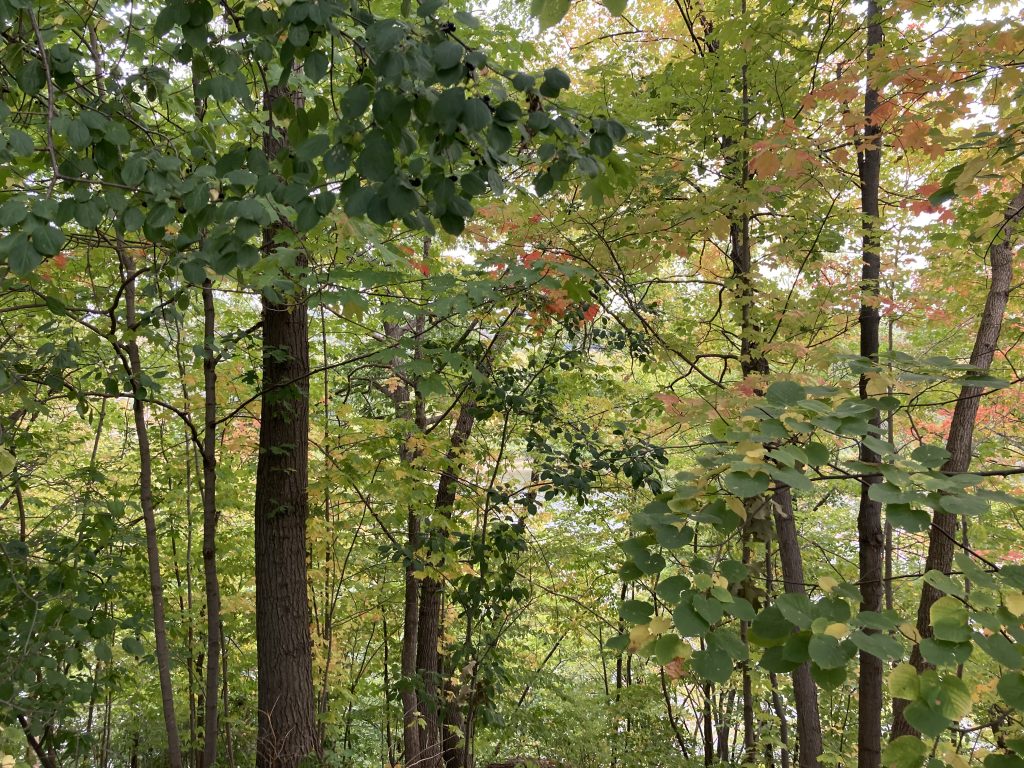3.1 miles
2 trails
70 degrees / dew point: 59
Another warm morning. Sunny, too. Not much wind. Almost a mile into the run my back on the right side, just under the shoulder blade, started to hurt. Enough that I needed to stop and walk for a few steps. When I started again, and ran more upright, it felt better, and didn’t hurt for the rest of the run. I wondered what it was, then suddenly realized: yesterday Scott and I cleaned out a lot of crap in the garage, some of it heavy; I must have pulled something.
Running south, I listened to cars, construction, kids arriving for school at Dowling Elementary, screeching blue jays, trickling water out of the sewer pipe. For the last mile, I put in my headphones and listened to more Olivia Rodrigo.
before the run
Thinking about Gary Snyder and circumambulation and Forrest Gander’s poem, “Circumambulation of Mt. Tamalpas.” I listened to him reading the first stanza:
from Circumambulation of Mt. Tamalpais/ Forrest Gander
maculas of light fallen weightless from
pores in the canopy our senses
part of the wheeling life around us and through
an undergrowth stoked with the unseen
go the reverberations of our steps
my notes: I was immediately drawn in with his use of maculas. I think a lot about maculas because the macula (in the center of the retina in the back of our eyes) is where all the cones reside in your central vision and my cones are almost all dead. I looked up macula and it can also mean, more generally, spot or blotch. Here I like how his use of macula and pores reminds me that the canopy is a living thing, and living in ways that are similar to humans. “the undergrowth stoked with the unseen” — I’m thinking of how thick the trees are beside the path, how much goes unseen — but always felt — above the gorge.
During my run, I want to think about and notice the maculas of light falling weightless, the pores in the canopy, wheeling life (cars? bikes?), the undergrowth, the unseen, and the reverberations of our steps. That’s a lot!
during the run
I did it! I thought about most of these things and it made the run more interesting and meaningful. At the 38th street steps, before I ascend to the river road trail, I stopped to record what I thought about and noticed:
transcript: September 21st, 2 miles into my run, at 38th street steps. Thinking about the Forest Gander poem and first, the idea of the maculas weightless. Then I was thinking of dappling light but the light today is not weightless, but thick. It must be humid, feels warm, and it’s pouring through, which makes me think of pores and difficult breathing. My nose, hard to breathe through my nose, and my back behind the rib cage, it hurt. And then I was thinking of the wheeling life and taking that literally: the wheeling of cars, whooshing off to work. And then I saw 2 different sets of bicycles: an adult on one bicycle, a young kid on the other, biking to school at Dowling. And then I was thinking of the wheeling life and the changing of seasons and transformations and the idea of life continuing to move, not necessarily forward (although it does that too), but also just a constant motion, even when you might want it to stand still for a while. Then I was thinking of the wheeling life as the hamster wheel [I thought about the hamster because I heard the rustling of a squirrel or chipmunk in the dry brush] and repetitions and routines and continuing to do the same thing over and over again — the loops, the way it’s warm every year at this time in September: too hot, too humid, too sunny.
Wow, when I’m talking into the phone about my ideas mid-run, I have a lot of run-on sentences!
after the run
I love Forrest Gander’s poetry. And I love how packed with meaning his words are, like “wheeling life.”
the wheeling life: 10 things
- car wheels, near the road — relentless, too fast, noisy
- car wheels, below, on the winchell trail — a gentle hum, quiet, distant
- bike wheels, approaching from behind very slowly — a little kid biking to school with his mom who had a carrier with another kid behind her seat
- bike wheels, nearby, another kid and adult on the way to school
- the wheel of life as a loop: a favorite route, running south, looping back north, first on edmund, then on the winchell trail
- the wheel of life as transformation: red leaves decorate a tree halfway to the river
- the wheel of life as cycles: not the end of the year, but the beginning — school time: kids at the elementary school
- the wheel of life as constant motion: on the trail, below the road and above the river, everything is active: birds calling, squirrels rustling, wheels traveling, river flowing, feet moving, leaves and lungs breathing
- the wheels of life as cycle: always in late september, hot and humid and too sunny
- the wheels of life as transformation: thinning leaves, falling acorns, a small view of the river

